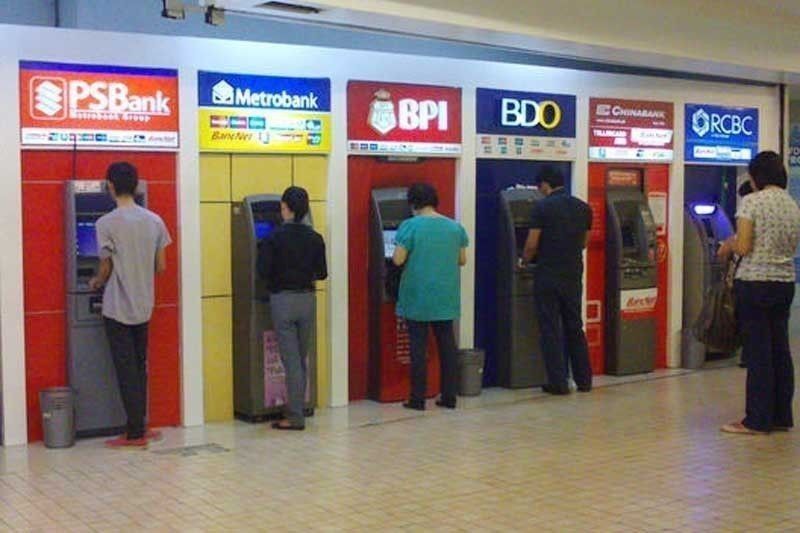Bad loans slow in August even without Bayanihan grace period

MANILA, Philippines (UPDATE 7 a.m., October 9) — Banks slowed their accumulation of unpaid loans in August even without lengthy grace periods earlier provided by law, but the reprieve is likely to be brief as payment extensions from a new measure lapses in the coming months and finally reveal the extent of soured debts.
Non-performing loans (NPL)— bank credit left unsettled 30 days past due date— rose 4.1% from previous month to P305 billion in August, data from the Bangko Sentral ng Pilipinas (BSP) showed on Thursday.
The month-on-month growth rate has consistently slowed since peaking at 5.8% in April when lockdowns were enforced and prevented many to settle their debts. From same period last year, soured loans rose 35%.
As of August, NPLs accounted for 2.84% of total loans extended by the banking system, up from 2.7% in previous month and sustaining an uptick from March. The latest ratio was also the highest since February 2014.
“There may be a slight spike in 2 to 3 months as the recording of NPLs have been delayed by the Bayanihan Act,” Emilio Neri Jr., lead economist at Bank of the Philippine Islands, said when sought for comment.
BSP has been keeping a close watch on NPLs since their sizable increase can limit banks’ ability to lend and fund economic activities. But the data so far is distorted by payment deferrals extended by Republic Act 11469 or the Bayanihan to Heal As One Act that expired June, and its successor law, RA 11494 or the Bayanihan to Recover as One which took effect last month.
Essentially, loans falling due while the laws were in force could not be considered soured, a matter that made assessing bank stress from unpaid dues more complicated. The good news is slowing in NPLs in August happened while initial grace periods under Bayanihan I were no longer in effect.
“Banks have started to assess the impact of Bayanihan I in their portfolio. But with Bayanihan II already starting, there’s a need for a more holistic assessment of these two rounds of implementation of grace period,” BSP Deputy Governor Chuchi Fonacier said in a text message.
Going beyond, a new survey of banks is also underway to gauge how much bad loans they expect to book by yearend. For now, according to the latest poll in August, lenders expect to cap the year with NPL ratio twice the size from last year at 4.6% as collecting payments get harder.
At the same time however, Neri assessed the economy finally back in swing and people returning to work since June may “prevent a substantial spike in NPL.” "We don’t expect a surge to double digit (rates) in the next 6 months,” he said in an e-mail.
As bad loans increase, banks also project that credit they set aside to cover for losses rising from unsettlement would erode. The so-called NPL coverage ratio is seen to hit just “above 50%” of NPL by yearend from 107.35% as of August.
“Most banks already provisioned aggressively earlier this year,” Neri said.
“We expect the next surge to be registered early next year as it becomes clear that some companies will really have significant cash flow problems,” he said.
Editor's note: Clarified NPL ratio
- Latest
- Trending





























